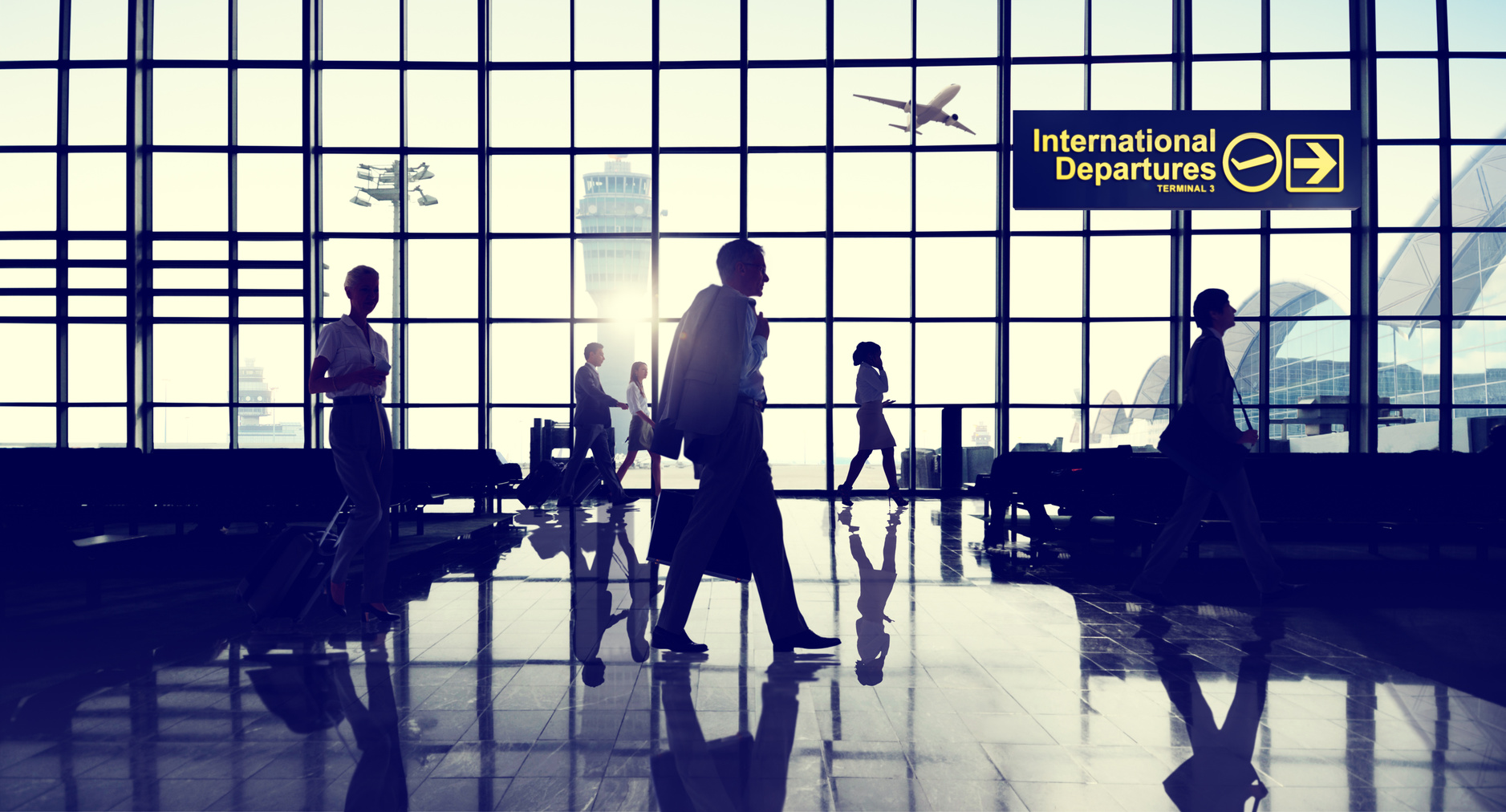Challenges Persist for International Outbound Travel from the United States
In 2015, the global economic growth rate grew at its slowest rate since 2009. This stagnant growth had a clear impact on international outbound (IOB) travel from the United States according to GBTA’s BTI 2016 Q1 Outlook, which was sponsored by Visa. For years IOB travel growth was a key driver of the economic recovery in the business travel industry, however this year that growth has stalled.
The study found that while IOB travel was slow, and will continue to grow at an anemic pace this year, there should be an improved outlook in international outbound travel in the coming years. The IMF is projecting growth to accelerate slightly this year to 3.4 percent from last year’s 3.1 percent, but many downside risks to the global economy remain, which will continue to affect the IOB travel market for the remainder of the year.
However, U.S. travel to the Eurozone is projected to see an uptick as economic stimulus should lead to a healthier year for firms across the European continent. The outlook for travel from the United States to the Eurozone should become clearer still after the United Kingdom votes on June 23 on a referendum on whether or not to remain in the economic bloc or not.
The UK’s exit from the European Union – or “Brexit” – could have negative consequences on business travel as well as trade, jobs and investment in the UK and throughout the EU.

Outside of travel from the United States to Europe, emerging markets, particularly commodity-dependent economies including much of Latin America and Africa, will continue to be challenged by significantly lower commodity prices. These challenges have led to much lower volumes of business trips coming from the United States.
Also impacting IOB are the frequently mentioned challenges in China – namely, slower growth, rising uncertainty around economic performance and a general mistrust of state-run reporting agencies. China has been an obvious growth engine for U.S. international outbound travel and remains a wild card in terms of IOB performance over the next few years.
IOB travel volume grew an estimated 3.8 percent in 2015 while spending advanced only 1.8 percent over 2014 levels. This trend was partially driven by the continued strength of the U.S. dollar. The stronger dollar translates into relatively cheaper travel abroad for U.S. firms and, thus, lowers measurements of aggregate spending.
The stronger U.S. Dollar has the opposite impact on volume, however. The lower costs for travel abroad translates into a higher ROI for U.S. firms sending workers out on international travel. While there is some competing downward pressure on volume from the those same firms likely experiencing lower top-line growth from their operations abroad, the chart below clearly shows that the net impact on a stronger dollar is better IOB volume performance.

Significant recovery is not likely until 2017 and beyond when the picture for business travel in general – including IOB travel – is forecast to become much more positive as many of the issues currently causing global uncertainty are resolved and business confidence improves.
